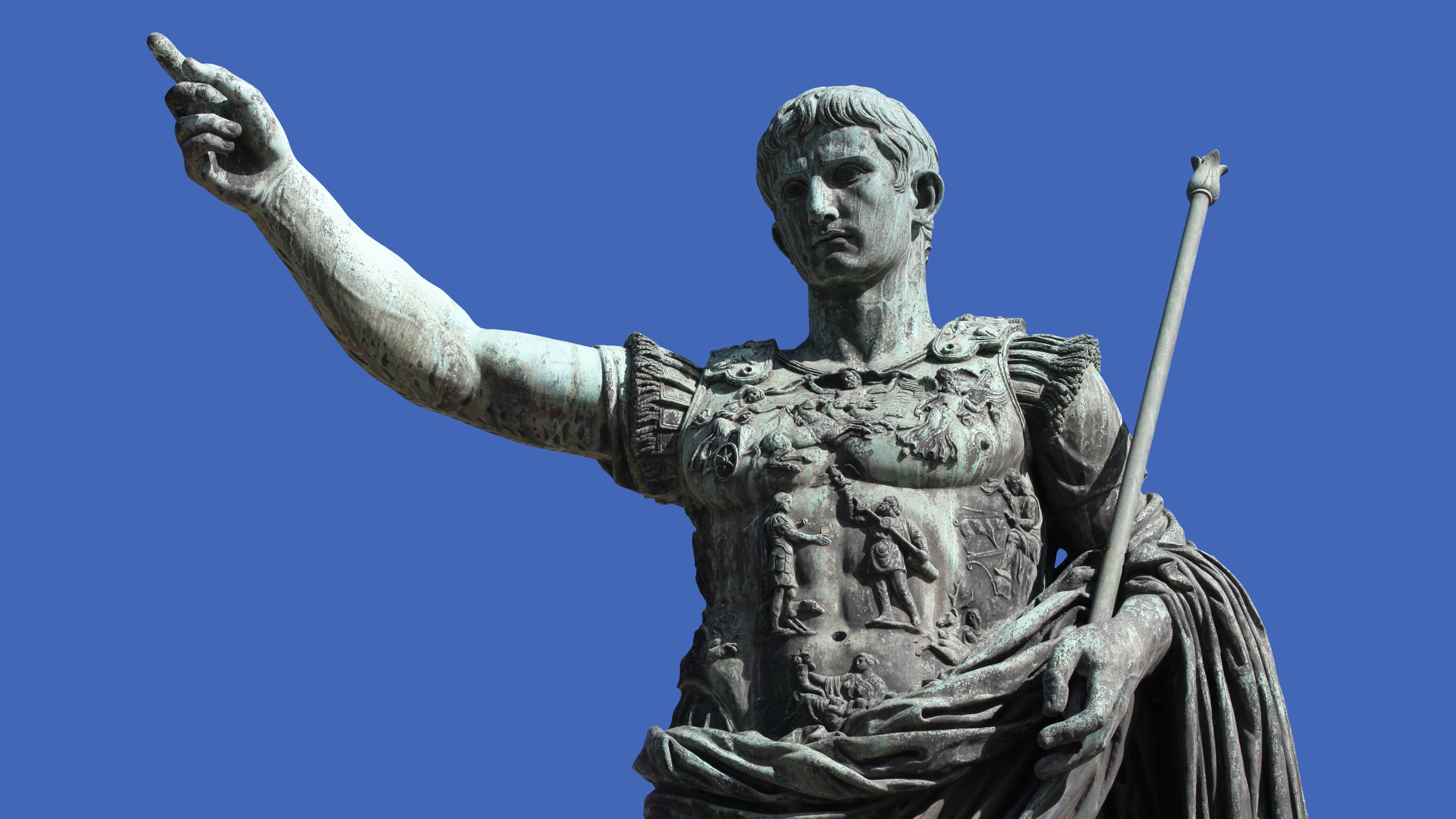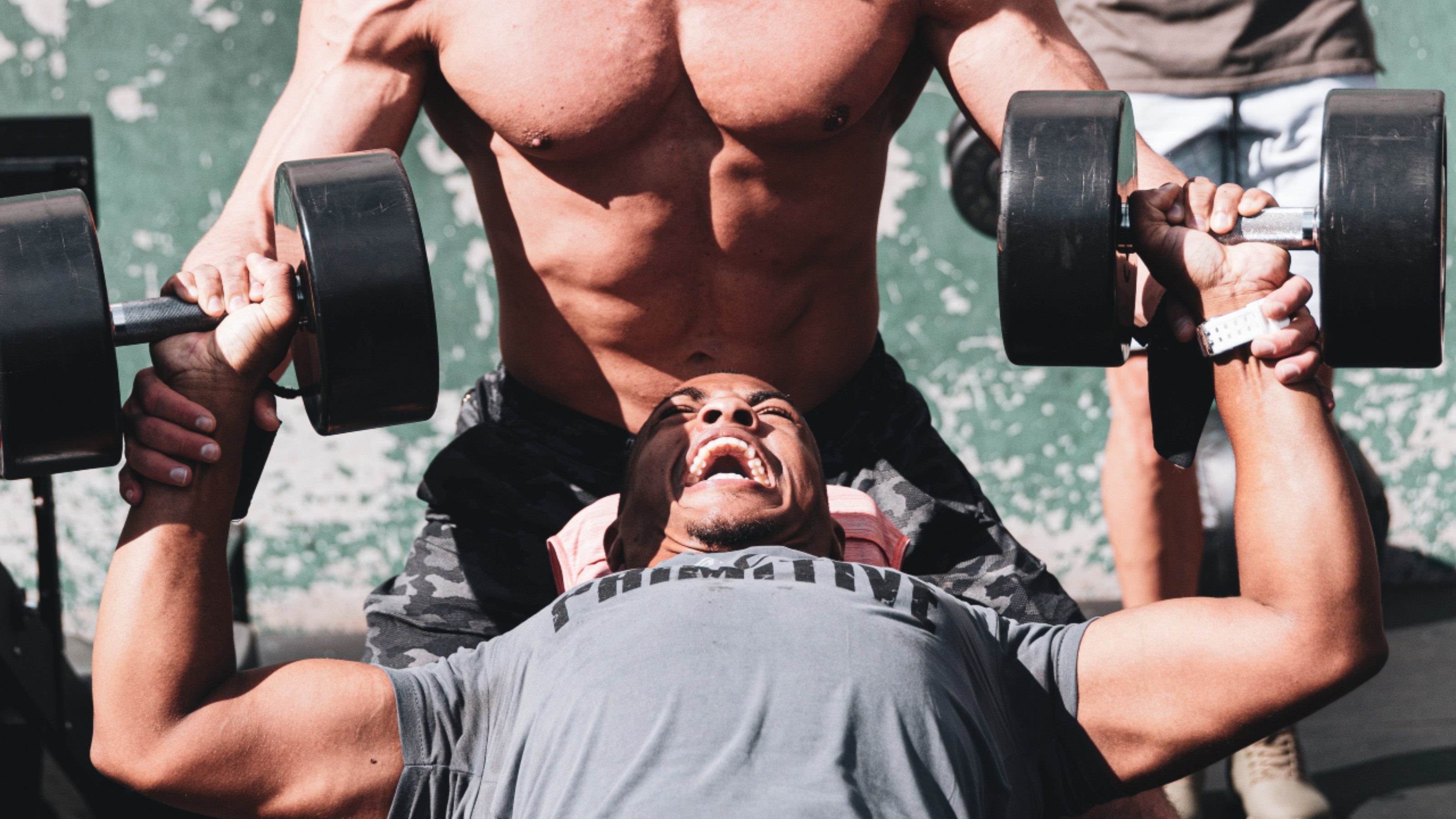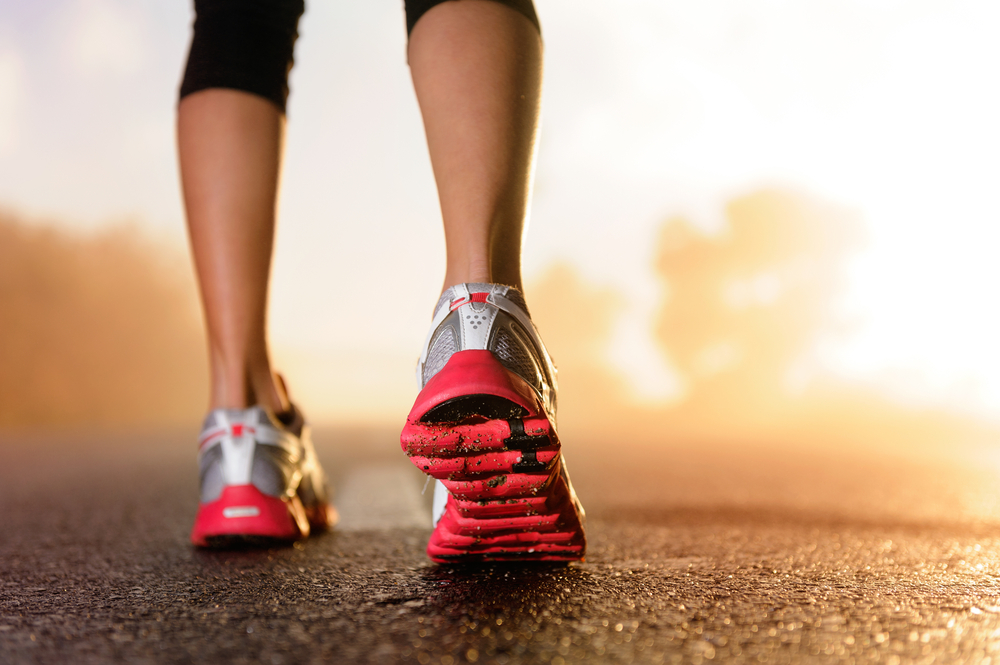In for the win: Elite sports psychology for everyday success
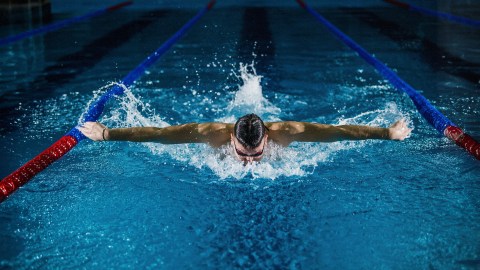
- Sports provide a “natural laboratory” for testing how people succeed psychologically.
- The techniques elite athletes use to improve their game can be learned by anyone.
- These include using flexible goal setting, reappraising challenges, and drawing confidence from many different sources.
Once during a World Cup meet, swimmer Michael Phelps, one of the most accomplished Olympians in history, felt his goggles fill up with water. It was no accident. His coach, Bob Bowman, had deliberately cracked them to see if Phelps could maintain his cool in the heat of competition.
Remembering his training, Phelps closed his eyes, counted his strokes, and finished strong. When the same malfunction happened during the 2008 Olympics — by accident this time — Phelps drew on those honed mental reserves to win one of the most important races of his stellar career.
Psychologist Noel Brick and writer Scott Douglas recount Phelps’ story, and many like it, in their book, Strong Minds, to illustrate an important point: Sports is as much a psychological contest as it is a physical one. And many of the techniques athletes must utilize are learnable by anyone looking to succeed in their endeavors.
Big Think recently spoke* with Brick to discuss how athletes reach their goals, ease their anxiety, and build self-confidence to overcome the challenges they face.
Big Think: A key question underlying your book is “How can we best use our physical and mental resources to better ourselves?” One of your answers is that athletes offer a helpful model. Why?
Brick: There are several different things, but two main ones for me. First, we see a lot of what happens in everyday life play out in sports. We’ve got to deal with challenges in our lives like we do in sports. There are high-pressure moments. So, we can view sport as a vehicle to explore those.
Second is the psychologist’s perspective. How do athletes cope with those challenges? How do they manage themselves during those high-pressure moments? How do they stay calm and focused? How do they manage their emotions? Sports offer a natural laboratory where we can test these things.
For example, imagine a marathoner running her last six miles. She is keeping the pace and making it all look so easy when we all know that running is incredibly difficult. But when you ask her how she managed, what you find is that it’s still difficult. She has just learned the strategies to help her through the moment.
We can also learn, develop, and improve those techniques to help us manage.
Not always so SMART
Big Think: You and Scott Douglas cite five categories of psychological techniques we can hone: goal-setting, emotional regulation, focus, self-talk, and self-confidence.
Let’s start with goal-setting. You say people should use different types of goals. Why?
Brick: We’ll start with probably the most common type of goals. These are called SMART goals — specific, measurable, achievable, realistic, and timeframe goals. So, a SMART goal might be wanting to run a marathon in under five hours or to hit 80% of your shots in a basketball game.
For a long time in goal-setting research and general advice, it was thought that SMART goals were the type we should strive to achieve. However, recent research suggests that there are alternative, non-specific goals that can be beneficial.
One example is called an open goal. An open goal might be seeing how fast you run a marathon or taking three-point shots and seeing how many you make. It’s the goal of seeing how well you can do.
What the research has shown is that the best goal depends on the person and the circumstances. A novice may feel pressure to go for a run, but that tension can make the experience unenjoyable. We’ve also found that when pursuing non-specific goals, like open goals, novices are more likely to experience a flow-type state. They become immersed in what they’re doing, time seems to pass by quickly, and the activity feels effortless and enjoyable.
[Conversely], regular exercises tend to prefer specific goals. They like a target. They like something that they can measure themselves on and get that feeling of achievement when they reach it.
So, it’s often asking what your experience is and using that as a gauge for what type of goal will be useful.

Getting your nerve up (and nervousness down)
Big Think: The thought of running a marathon or taking the pitch in a soccer game can be nerve-racking. How do athletes manage their emotions in such high-pressure circumstances?
Brick: There are a lot of different strategies athletes can use to help regulate their emotions. One is reappraisal.
So, you feel these physical sensations. Your heart beats faster. Your breathing rate increases. You might start to sweat. All of these physical bodily reactions that you get when you experience anxiety are what psychologists call a higher level of arousal.
But you can reappraise those symptoms because if you think about it, they are the same ones you experience when you’re very excited. When you’re looking forward to something, your heart rate increases. You get butterflies in your stomach [and so on].
Athletes perceive those symptoms as helpful to their performance rather than unhelpful. That higher arousal means their body is getting ready to perform at its best. It’s starting to energize. [For instance], a quickly beating heart means there’s more blood going around that will bring oxygen and nutrients to their muscles.
Big Think: Do you have any strategies for making that mental switch?
Brick: Absolutely. Number one is a reflection I use with all the athletes I work with: Very little in our lives will directly make us feel a certain way; what makes us feel that way is where we put our focus.
That’s important as a starting point because that gives you some control. You may not be able to change the situation, but you can change how you think about it or what you focus on. And by doing so, it changes how you feel.
[Let’s take a non-sports example] of someone playing the piano on stage for the first time. What’s better for them to focus on: all the people listening or the notes? It’s more helpful for their performance to focus on the notes and remind themselves that they’ve practiced the tune a thousand times.
By changing their thoughts, by changing their focus, they’re changing the emotions they experience probably before they actually experience them. We call these antecedent-focused strategies.
It can be slightly more difficult to change an emotion after we’ve experienced it, but there are response-focused strategies, too. Here’s a simple one. If you find yourself starting to get nervous despite focusing on the right things, you can take some deep breaths to calm yourself down. So again, you’ve got multiple strategies that you can use to manage the same emotions.
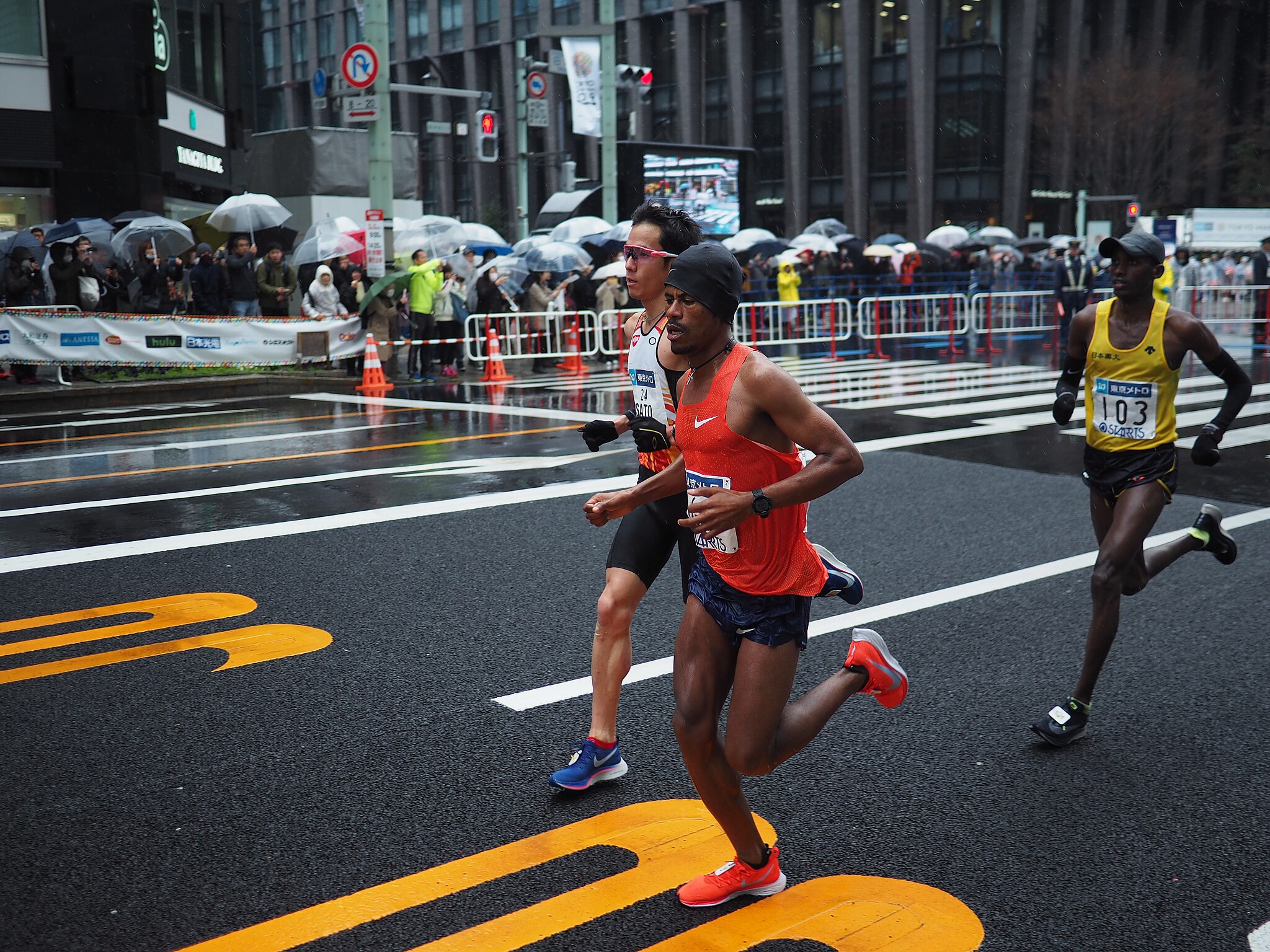
A self-confidence game
Big Think: How can we build the self-confidence necessary to meet these challenges?
Brick: We talk a bit about self-confidence, and we base it on a slightly different construct called self-efficacy. Self-efficacy is the belief that I can perform a specific task. That might be my belief that I can run a marathon or that I can sing like Bruce Springsteen. My self-efficacy for one of those is really high, and for the other it’s really low. You can decide which is which.
What the research shows is that there are different sources of self-efficacy. Probably the most powerful one is previous experiences. Somebody like Springsteen can feel very confident standing on stage because he’s done it so many times in his career. He’s got the evidence.
That leads to the question: How can one build their confidence if they’ve never done that task before? Well, maybe you take evidence from your previous achievements or preparation for that task.
What I often find in my work with athletes is that we don’t always make the connection between our preparation and the task. A simple thing you can do is keep a diary of your training achievements, your practice achievements, what you’ve done well, and the improvements you’ve made. That can be a really powerful source for building confidence because in reviewing your diary, you can see how far you’ve come.
Another source is visualization. Imagine yourself performing the task. So, you might imagine yourself running a marathon or shooting a three-pointer under pressure. Imagine the thoughts and physical sensations when things get hard and you’re not sure you can finish the race, but then also imagine yourself dealing with them. That can be really powerful.
So, we sometimes think of confidence as either you feel it or you don’t. But actually, when we dig a bit, we find that there are lots of sources of confidence.
Flexing your mental muscles
Big Think: Is there a message you’d like to leave our readers with?
Brick: I guess two things. Number one brings us full circle: That is, a lot of the strategies that we’ve spoken about and that we write about in the book are so learnable. These are all things that we can use in our everyday lives.
Number two is the idea of psychological flexibility versus rigidity. Rigidity is persisting with something that ultimately might not be attainable [or right for you].
Flexibility is being able to change my goal, reset my goal, and recalibrate my goal maybe toward a task where I can still achieve within the same area. That requires a certain amount of flexibility, and so what we try to teach, in addition to these strategies, is to be able to think flexibly in different situations. That flexibility can really help us achieve.
Big Think: Where can readers find you online if they want to learn more?
Brick: My website is noelbrick.com. I’m on X as @noelbrickie as well.
* This conversation has been edited for length and clarity.



